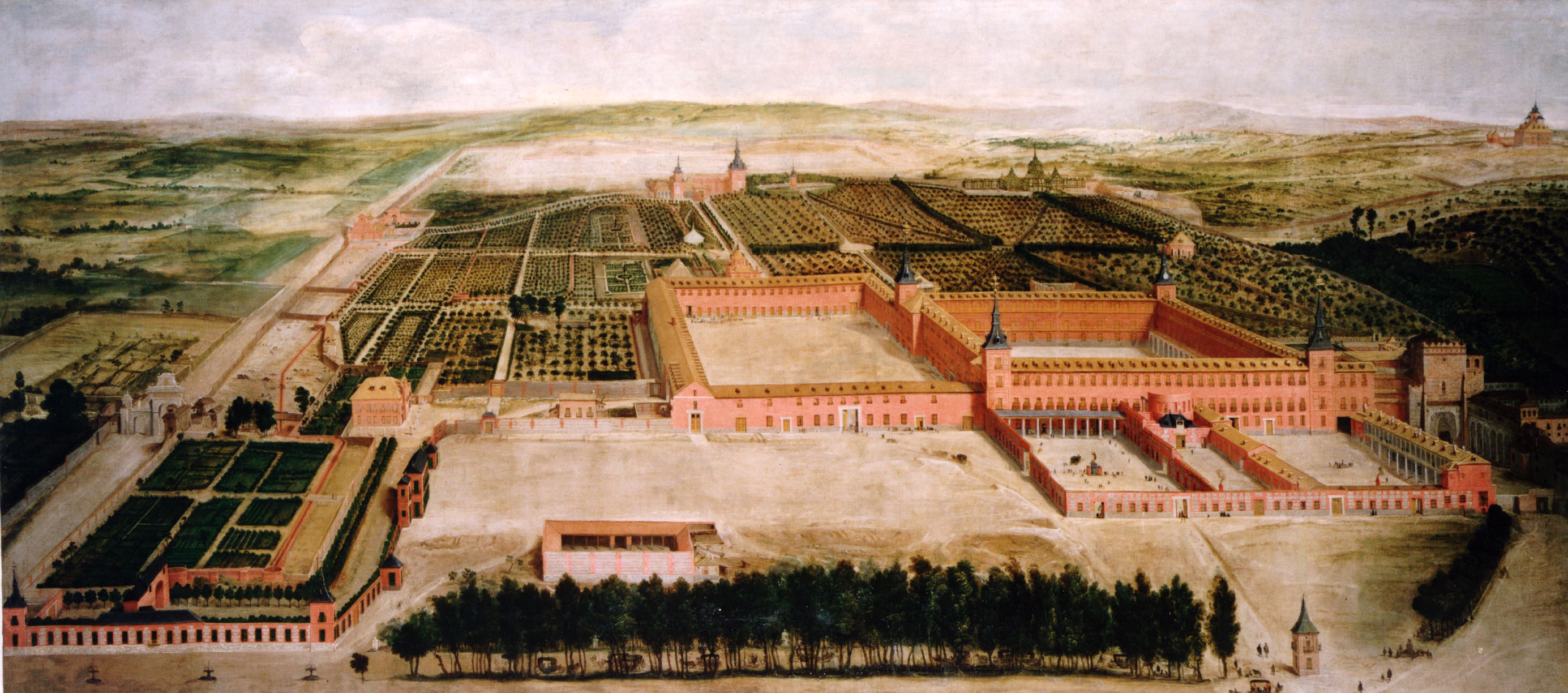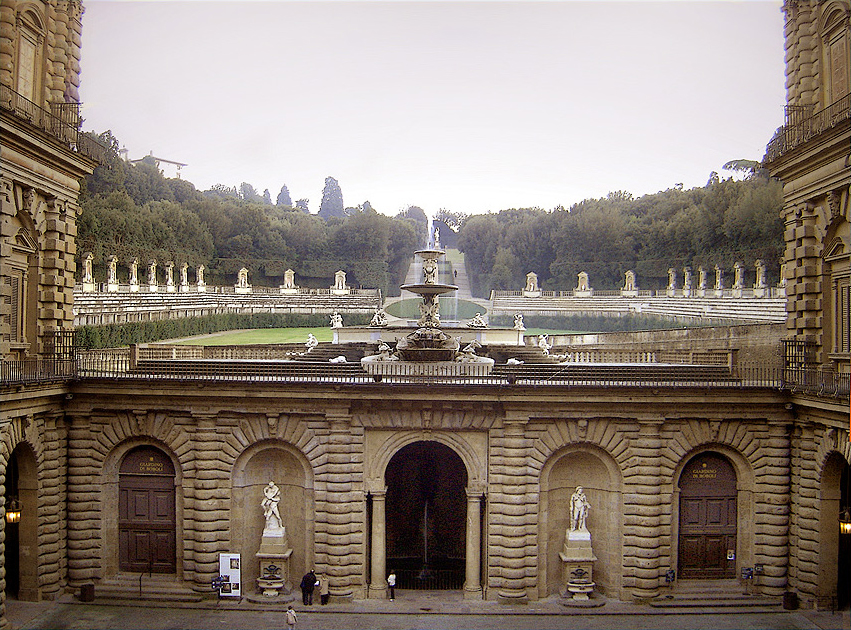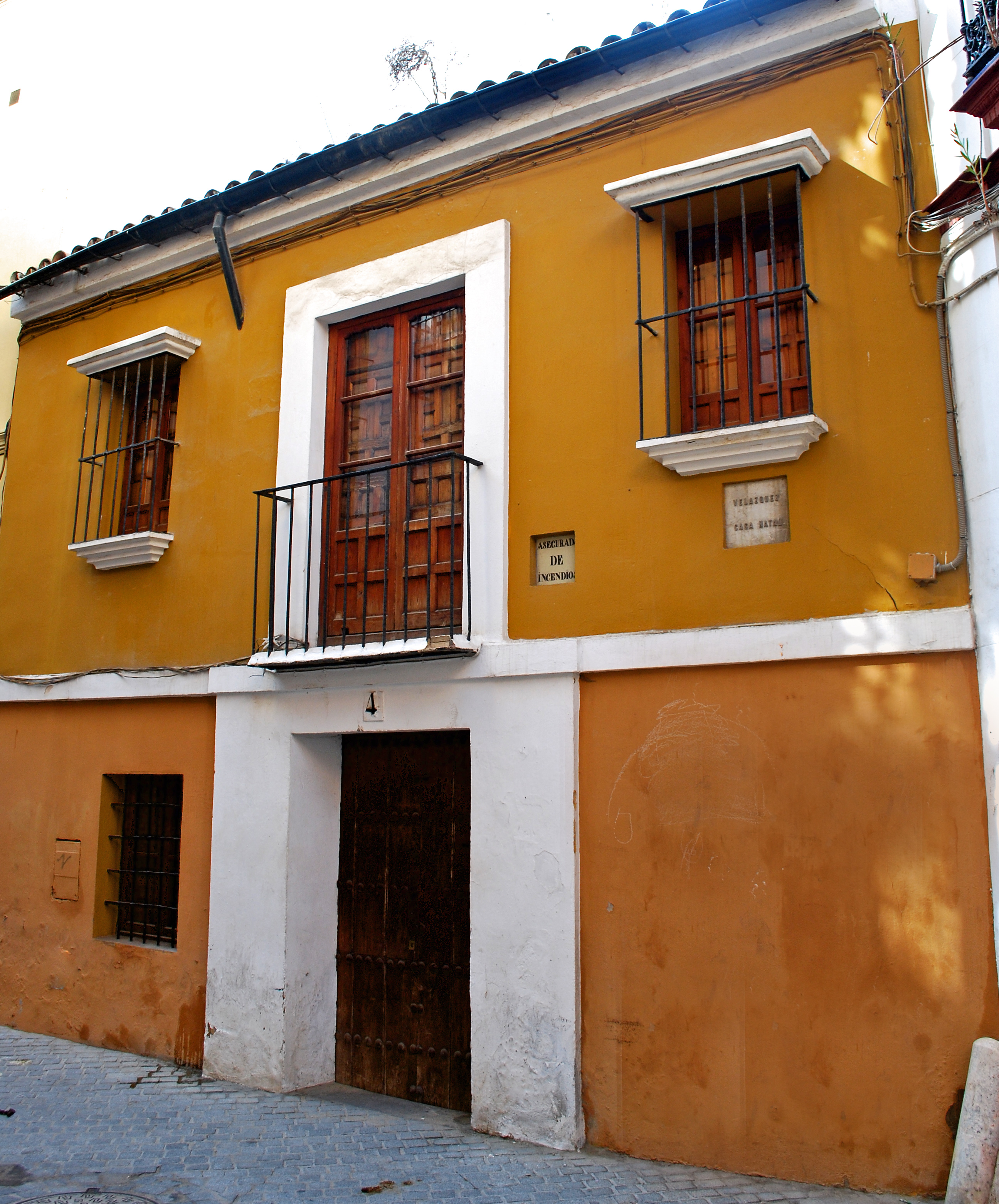|
Buenretiro
The Buen Retiro Park ( Spanish: ''Parque del Buen Retiro'', literally "Good retirement park"), Retiro Park or simply El Retiro is one of the largest parks of the city of Madrid, Spain. The park belonged to the Spanish Monarchy until the late 19th century, when it became a public park. In 2021, Buen Retiro Park became part of a combined UNESCO World Heritage Site with Paseo del Prado. Location The Buen Retiro Park is a large and popular park at the edge of the city centre, very close to the Puerta de Alcalá and not far from the Prado Museum. On its grounds are gardens, statues and other monuments, galleries, an artificial lake, and venues which host a variety of events. The park is entirely surrounded by the present-day city. History of the park and palace In 1505, at the time of Isabella I (r. 1474–1504) the Jeronimos monastery was moved from an unsuitable location elsewhere to the present site of San Jeronimo el Real Church, and a new monastery built in Isabelline ... [...More Info...] [...Related Items...] OR: [Wikipedia] [Google] [Baidu] |
Madrid
Madrid ( , ) is the capital and most populous city of Spain. The city has almost 3.4 million inhabitants and a metropolitan area population of approximately 6.7 million. It is the second-largest city in the European Union (EU), and its monocentric metropolitan area is the third-largest in the EU.United Nations Department of Economic and Social AffairWorld Urbanization Prospects (2007 revision), (United Nations, 2008), Table A.12. Data for 2007. The municipality covers geographical area. Madrid lies on the River Manzanares in the central part of the Iberian Peninsula. Capital city of both Spain (almost without interruption since 1561) and the surrounding autonomous community of Madrid (since 1983), it is also the political, economic and cultural centre of the country. The city is situated on an elevated plain about from the closest seaside location. The climate of Madrid features hot summers and cool winters. The Madrid urban agglomeration has the second-large ... [...More Info...] [...Related Items...] OR: [Wikipedia] [Google] [Baidu] |
Juan Bautista De Toledo
Juan Bautista de Toledo (c. 1515 – 19 May 1567) was a Spanish architect. He was educated in Italy, in the Italian High Renaissance. As many Italian renaissance architects, he had experience in both architecture and military and civil public works. Born, either in Toledo or in Madrid around 1515. He died on 19 May 1567 in Madrid, and was buried in Madrid in the choir of the primitive “Convento de Santo Tomás, Iglesia de la Santa Cruz”. Career Perhaps he started his career in architecture in Rome, between 1534 and 1541, working for Michelangelo and Pope Paul III (Alessandro Farnese), completing the courtyard of Palazzo Farnese. Then, possibly, he continues his training in the construction site of St. Peter's, under the direction of Antonio da Sangallo the Younger. Another hypothesis is that he worked for Antonio da Sangallo the Younger in both Fortaleza da Basso, Florence and St. Peter’s Basilica of Rome. Juan Bautista de Toledo, an enigmatic and puzzling personality, w ... [...More Info...] [...Related Items...] OR: [Wikipedia] [Google] [Baidu] |
Boboli Gardens
The Boboli Gardens ( it, Giardino di Boboli) is a historical park of the city of Florence that was opened to the public in 1766. Originally designed for the Medici, it represents one of the first and most important examples of the Italian garden, which later served as inspiration for many European courts. The large green area is a real open-air museum with statues of various styles and periods, ancient and Renaissance that are distributed throughout the garden. It also has large fountains and caves, among them the splendid Buontalenti grotto built by the artist, architect, and sculptor Bernardo Buontalenti between 1536 and 1608. History and layout The Gardens, directly behind the Pitti Palace, the main seat of the Medici grand dukes of Tuscany at Florence, are some of the first and most familiar formal 16th-century Italian gardens. The mid-16th-century garden style, as it was developed here, incorporated longer axial developments, wide gravel avenues, a considerable "built" elem ... [...More Info...] [...Related Items...] OR: [Wikipedia] [Google] [Baidu] |
Bernardo Buontalenti
Bernardo Buontalenti (), byname of Bernardo Delle Girandole ( 1531 – June 1608), was an Italian stage designer, architect, theatrical designer, military engineer and artist and inventor of italian ice cream. Biography Buontalenti was born in Florence. He entered the service of the Medici as a youth and remained with them the rest of his life. He is said to have been instructed in painting by Salviati and Bronzino, in sculpture by Michelangelo Buonarroti, in architecture by Giorgio Vasari, and in miniature painting under Giulio Clovio. He executed a number of miniatures for Francesco, the son of Cosimo I. More than a painter, he was celebrated as an architect; in this role he was much employed in the design of fortifications, villas, and gardens and is considered one of the most important architects of the Mannerist period. He was also a great mechanic, and an excellent mathematician. In 1562 he travelled to Spain. His first known work is from 1568, the Palazzo di Bianca Ca ... [...More Info...] [...Related Items...] OR: [Wikipedia] [Google] [Baidu] |
Cosimo Lotti
Cosimo Lotti (1571–1643) was an Italian engineer, scenographer, and landscape designer. He worked around Florence until in his mid-fifties he moved to Madrid where he produced theatrical spectacles for the royal court. Lotti was born in Florence in 1571 and first became a pupil of Bernardino Poccetti. He then worked with Bernardo Buontalenti on the lay out of the Boboli Gardens and went on to install water features in other gardens. His paintings included a ''Birth of Mary'' for the church of San Giorgio a Castelnuovo in Prato. In 1626 he left Florence for Spain, at the request of the Count Duke of Olivares, to join the court of Philip IV as an engineer. As well as redesigning royal gardens in the Italianate style, particularly involving spectacular fountains, he impressed the King with his cleverly engineered theatrical special effects. This included an extravagant staging of a musical piece in the Italian style with poetry by Lope de Vega. Lotti became the organiser of the ... [...More Info...] [...Related Items...] OR: [Wikipedia] [Google] [Baidu] |
Luca Giordano
Luca Giordano (18 October 1634 – 3 January 1705) was an Italian late-Baroque painter and printmaker in etching. Fluent and decorative, he worked successfully in Naples and Rome, Florence, and Venice, before spending a decade in Spain. Early life and training Born in Naples, Giordano was the son of the painter Antonio Giordano. In around 1650 he was apprenticed to Ribera on the recommendation of the viceroy of Naples and his early work was heavily influenced by his teacher. Like Ribera, he painted many half-length figures of philosophers, either imaginary portraits of specific figures, or generic types. He acquired the nickname ''Luca fa presto'', which translates into "Luca paints quickly." His speed, in design as well as handiwork, and his versatility, which enabled him to imitate other painters deceptively, earned for him two other epithets, "The Thunderbolt" (''Fulmine'') and "The Proteus" of painting. Following a period studying in Rome, Parma and Venice, Gior ... [...More Info...] [...Related Items...] OR: [Wikipedia] [Google] [Baidu] |
Diego Velázquez
Diego Rodríguez de Silva y Velázquez (baptized June 6, 1599August 6, 1660) was a Spanish painter, the leading artist in the court of King Philip IV of Spain and Portugal, and of the Spanish Golden Age. He was an individualistic artist of the Baroque period (c.1600–1750). He began to paint in a precise tenebrist style, later developing a freer manner characterized by bold brushwork. In addition to numerous renditions of scenes of historical and cultural significance, he painted scores of portraits of the Spanish royal family and commoners, culminating in his masterpiece ''Las Meninas'' (1656). Velázquez's paintings became a model for 19th-century realist and impressionist painters. In the 20th century, artists such as Pablo Picasso, Salvador Dalí, and Francis Bacon paid tribute to Velázquez by re-interpreting some of his most iconic images. Most of his work entered the Spanish royal collection, and by far the best collection is in the Museo del Prado in Madrid, thoug ... [...More Info...] [...Related Items...] OR: [Wikipedia] [Google] [Baidu] |
Salón De Reinos
The ''Salón de Reinos'' (translated as "Hall of the Kingdoms" or "Hall of Realms") or ''salón grande'' ("great hall") is a 17th-century building in Madrid, originally a wing of the Buen Retiro Palace. The Salón de Reinos and the Casón del Buen Retiro are the only survivors of the original grand scheme of the palace. Built between 1630 and 1635, the Hall of Realms housed the largest paintings in the royal collection, now all in the Museo del Prado. It is named after its paintings of the coats of arms of the 24 kingdoms which formed the Kingdom of Spain at the time of Philip IV of Spain. The building served as the ''Museo del Ejército'' from 1841 to 2010 when the military collections were put on display at the Alcázar of Toledo. The Prado Museum acquired the vacant building to display part of its collections and made its renovation the subject of an architectural competition. The brief was to redesign the space as part of the campus of the art museum for its 200th anni ... [...More Info...] [...Related Items...] OR: [Wikipedia] [Google] [Baidu] |
Alonso Carbonell
Alonso is a Spanish name of Germanic origin that is a Castilian variant of ''Adalfuns''. Geographical distribution As of 2014, 36.6% of all known bearers of the surname ''Alonso'' were residents of Spain (frequency 1:222), 26.1% of Mexico (1:832), 8.3% of Cuba (1:242), 7.0% of Argentina (1:1,061), 4.8% of Brazil (1:7,502), 4.5% of the United States (1:14,083), 2.5% of Colombia (1:3,318), 1.7% of Paraguay (1:736), 1.3% of France (1:9,082) and 1.1% of Uruguay (1:549). In Spain, the frequency of the surname was higher than average (1:222) in the following regions: * 1. Asturias (1:69) * 2. Castile and León (1:73) * 3. Cantabria (1:96) * 4. Galicia (1:125) * 5. Basque Country (1:145) * 6. La Rioja (1:149) * 7. Canary Islands (1:159) * 8. Community of Madrid (1:171) First name * Alonso del Castillo Maldonado, Spanish explorer of the 16th century * Alonso Fernández Álvarez (born 1982), Costa Rican male model * Alonso López (other), several people * Alonso Fernán ... [...More Info...] [...Related Items...] OR: [Wikipedia] [Google] [Baidu] |
Giovanni Battista Crescenzi
Giovanni Battista Crescenzi (1577–1635) was an Italian painter and architect of the early- Baroque period, active in Rome and Spain, where he helped decorate the pantheon of the Spanish kings at El Escorial. He rose to prominence as an artist during the reign of Pope Paul V, but by 1617 had moved to Madrid, and from 1620 on, he was active in El Escorial. Philip III of Spain awarded him the title of ''Marchese de la Torre'', ''Knight of Santiago''. His family was a prominent Roman family. His brother, Pier Paolo Crescenzi, was a cardinal. He married Anna Massima, and his son, Alessandro Agostino, became cardinal in 1675, while a distant nephew, Marcello, became cardinal in 1743. Among his pupils were Bartolomeo Cavarozzi, Juan Fernández, and Antonio de Pereda Antonio de Pereda y Salgado ( – January 30, 1678) was a Spanish Baroque-era painter, best known for his still lifes. Biography Pereda was born in Valladolid, the eldest of three brothers from an artistic famil ... [...More Info...] [...Related Items...] OR: [Wikipedia] [Google] [Baidu] |
Alcázar
An alcázar, from Arabic ''al-Qasr'', is a type of Islamic castle or palace in the Iberian Peninsula (also known as al-Andalus) built during Muslim rule between the 8th and 15th centuries. They functioned as homes and regional capitals for governmental figures throughout the Umayyad Caliphate, Umayyad caliphate and later, for Christian rulers following the Spanish Reconquista. The term alcázar is also used for many medieval castles built by Christians on earlier Roman, Visigothic or Islamic fortifications and is frequently used as a synonym for ''castillo'' or castle. Terminology The Spanish language, Spanish word ''alcázar'' (pronounced Help:IPA/Spanish, [alˈkaθaɾ]) derives from the Arabic word القصر ''al-qaṣr'' "the fort, castle, or palace," that in turn derives from the Latin word ''Castrum'' ("fortress", "military camp"). Similar words exist in Galician language, Galician (''alcázar'', pronounced Help:IPA/Galician, [alˈkaθɐɾ]), Portuguese language, Portugues ... [...More Info...] [...Related Items...] OR: [Wikipedia] [Google] [Baidu] |



2.jpg)

_12.jpg)
